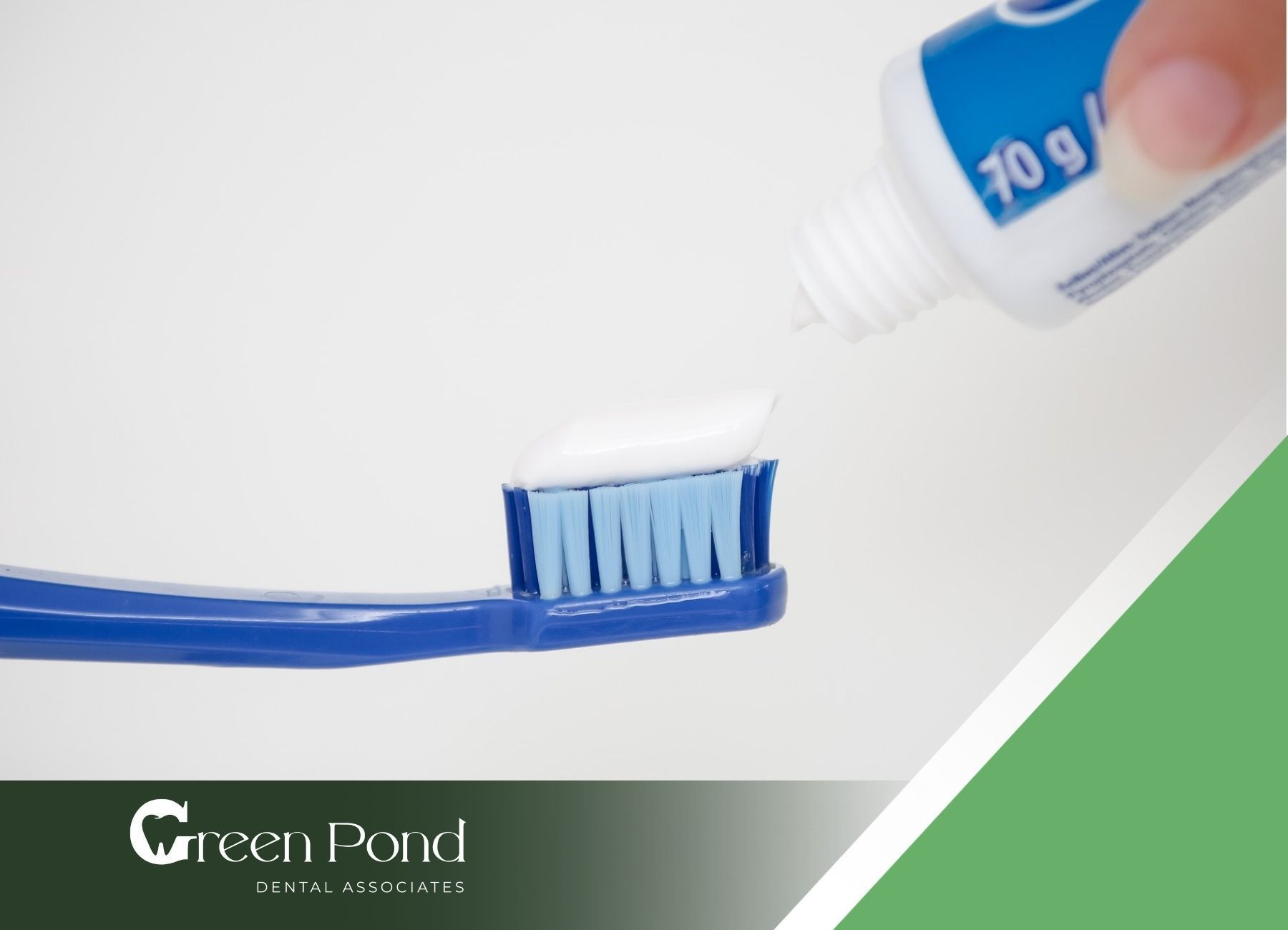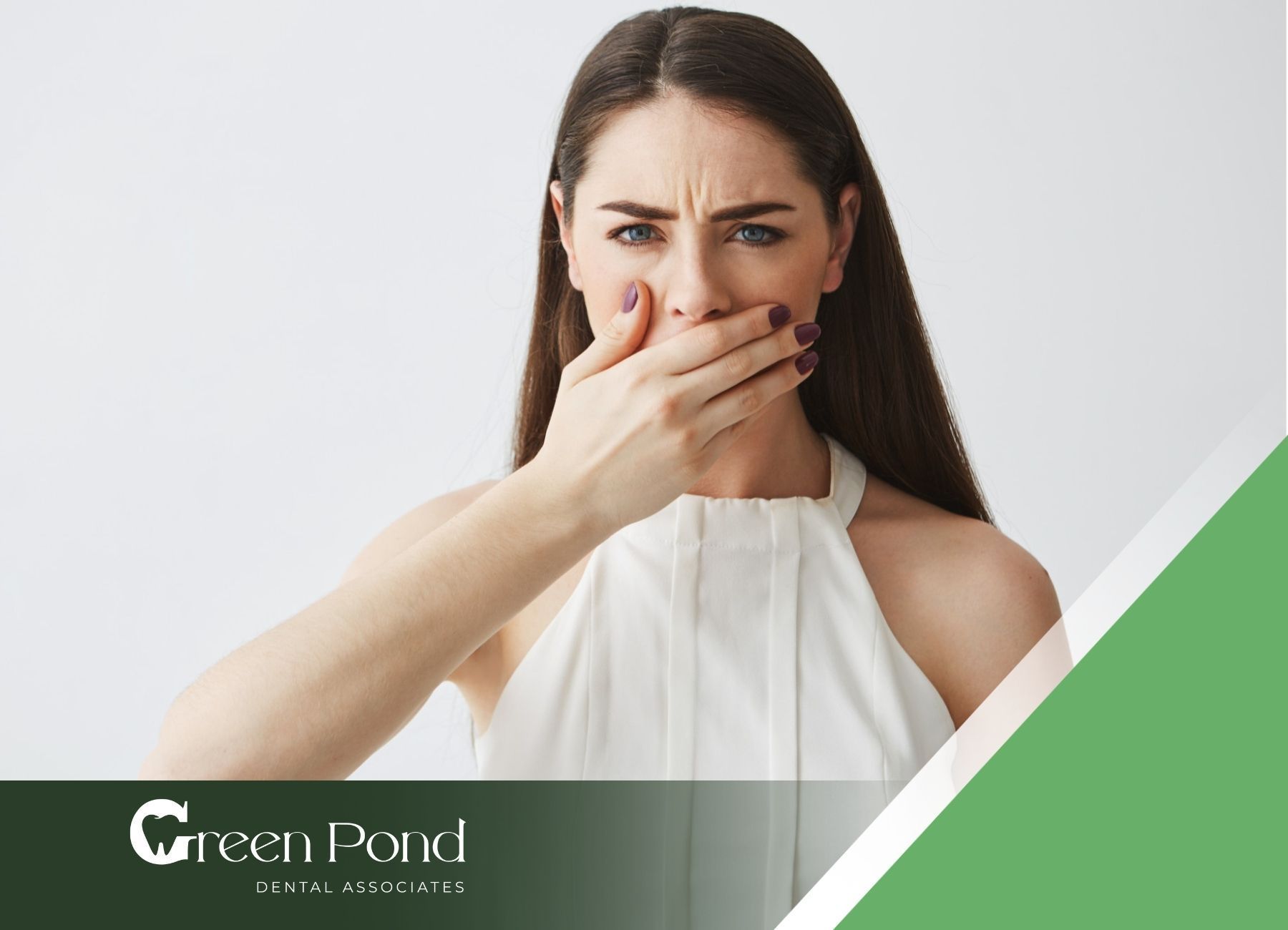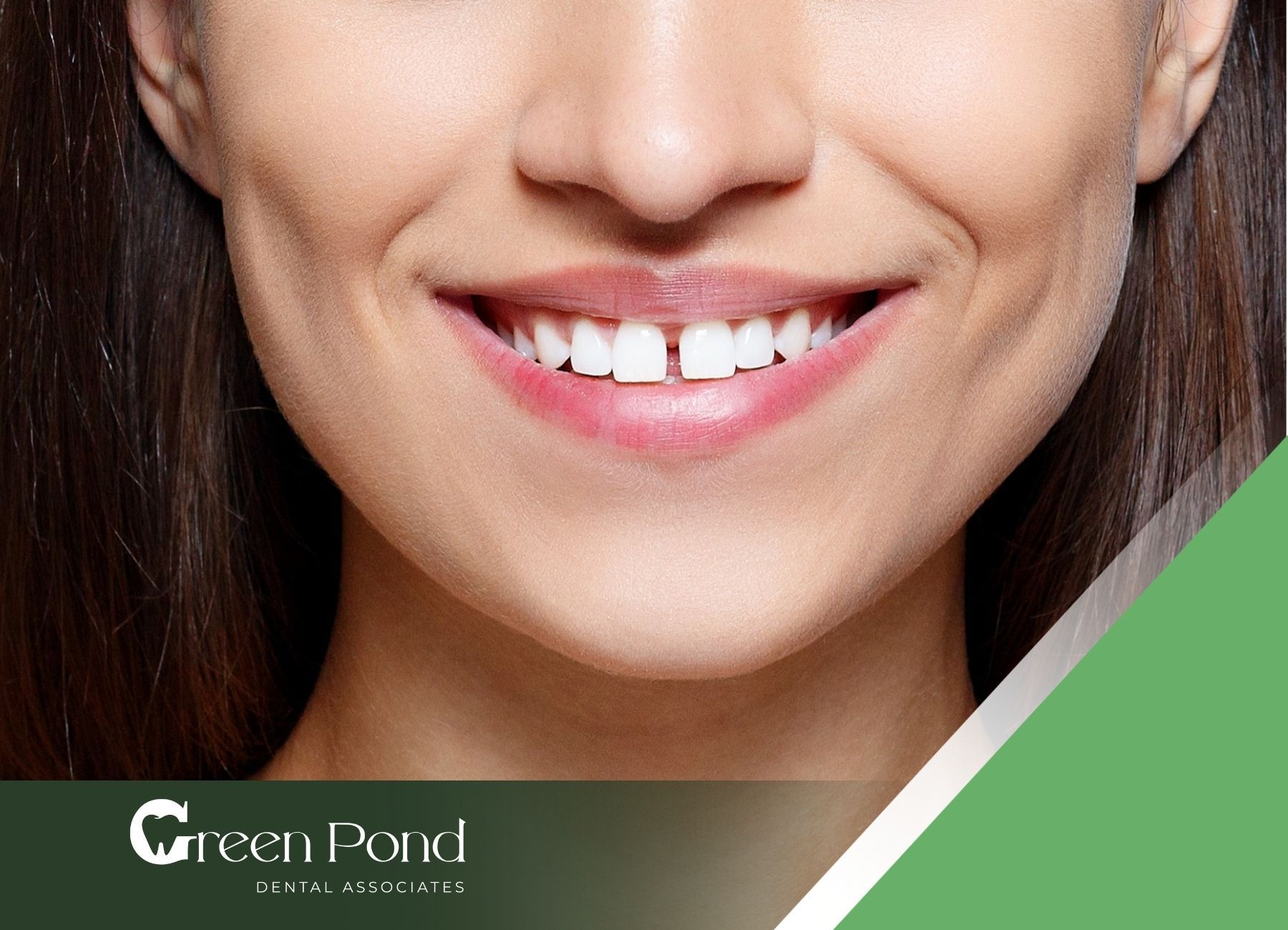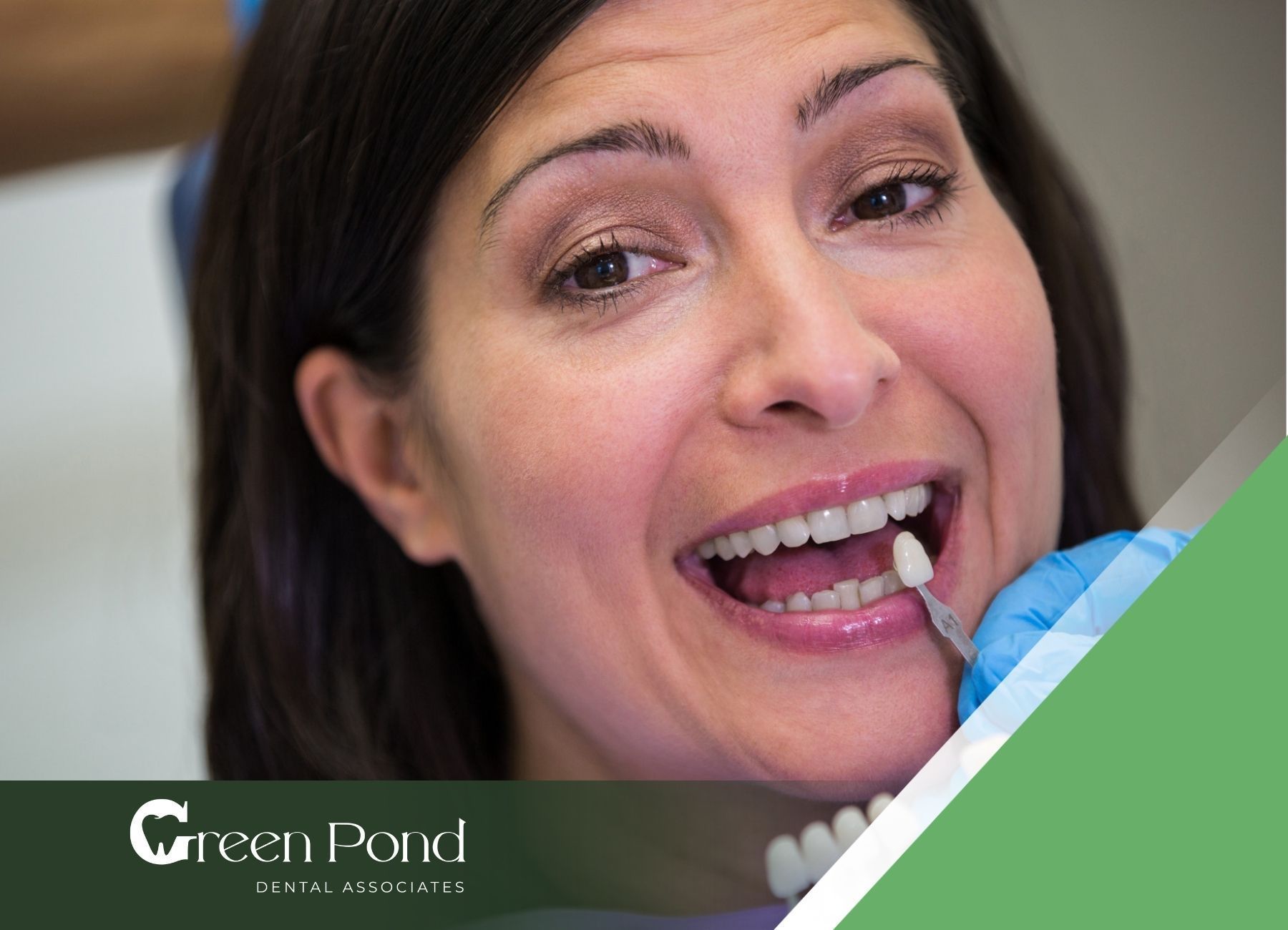Five Signs of Poor Oral Hygiene: Oral Health Guide
Oral health is an integral part of overall wellness, affecting not only how we look but also how we feel. Often, signs of poor oral hygiene go unnoticed until they result in more severe dental issues, which is why it’s important to understand and recognize the warning signs early on. Here are five common indicators of poor oral hygiene and some practical steps to help maintain a healthy smile.
1. Persistent Bad Breath
Bad breath, also known as halitosis, is one of the most common signs of poor oral hygiene. While occasional bad breath after eating certain foods is normal, persistent bad breath can signal that bacteria are accumulating in the mouth due to inadequate brushing or flossing. These bacteria produce foul-smelling sulfur compounds, leading to bad breath that doesn’t go away even with mouthwash or gum.
Causes of Persistent Bad Breath:
- Bacterial Buildup: Food particles left in the mouth contribute to bacterial growth and bad odor.
- Dry Mouth: Saliva helps cleanse the mouth. Reduced saliva production can lead to bad breath.
- Dental Issues: Cavities, gum disease, or infections can all cause persistent bad breath.
How to Address It:
- Brush twice daily and floss regularly to remove food particles and plaque.
- Use a tongue scraper to eliminate bacteria from the tongue.
- Stay hydrated to promote saliva production, and avoid smoking or tobacco products.
2. Red, Swollen, or Bleeding Gums
Healthy gums should appear pink and firm. If you notice that your gums are red, swollen, or bleed easily, this is a strong indication of poor oral hygiene and possibly gum disease, specifically gingivitis or periodontitis. Gingivitis is the early stage of gum disease and is typically reversible with good oral hygiene, while periodontitis is a more advanced stage that can cause tooth loss if untreated.
Common Causes:
- Plaque Buildup: Failure to remove plaque, a sticky film of bacteria, leads to inflammation in the gums.
- Improper Brushing or Flossing: Not brushing or flossing correctly allows plaque to harden into tartar, which can only be removed by a dental professional.
How to Address It:
- Improve your brushing and flossing routine, and ensure you're using the right techniques.
- Consider using an antibacterial mouthwash to reduce bacteria in the mouth.
- Schedule regular dental cleanings to remove plaque and tartar buildup.
3. Tooth Sensitivity and Pain
Tooth sensitivity and pain can make eating and drinking unpleasant, especially when consuming hot or cold items. Sensitivity may indicate tooth enamel erosion, cavities, or gum recession—all signs of poor oral hygiene that can worsen if not addressed.
Causes of Tooth Sensitivity:
- Enamel Erosion: Poor brushing habits, acidic foods, and grinding teeth can wear down enamel, exposing sensitive dentin underneath.
- Gum Recession: Gum disease or aggressive brushing can cause gums to recede, exposing sensitive tooth roots.
How to Address It:
- Use a soft-bristled toothbrush and avoid brushing too hard.
- Limit acidic foods and beverages to protect enamel.
- Use toothpaste specifically formulated for sensitive teeth and consult a dentist for further recommendations.
4. Tooth Discoloration
A bright, white smile is often a sign of good oral hygiene, so discoloration can indicate a lack of proper care. While some foods and drinks naturally stain teeth, persistent yellowing or dark spots may suggest plaque buildup, tartar, or even decay.
Causes of Tooth Discoloration:
- Staining Foods and Drinks: Coffee, tea, and red wine are common culprits of surface stains.
- Poor Brushing Habits: Inadequate brushing allows plaque to harden into tartar, which is yellowish in color and stains teeth.
- Smoking: Tobacco products can leave lasting yellow or brown stains on teeth.
How to Address It:
- Brush regularly with a whitening toothpaste, and avoid highly pigmented foods and drinks.
- Drink water after meals to rinse the mouth and prevent staining.
- Schedule a professional cleaning to remove stains and tartar buildup.
5. Loose or Shifting Teeth
Loose or shifting teeth can indicate advanced gum disease, specifically periodontitis, which damages the bones and tissues supporting the teeth. If untreated, this can lead to tooth loss. Healthy gums and bones are essential for maintaining stable teeth, so addressing signs of looseness promptly is essential for preserving oral health.
Causes of Loose Teeth:
- Advanced Gum Disease: Periodontitis weakens the structures that hold teeth in place.
- Trauma or Grinding: Bruxism (grinding teeth) can cause loosening over time, especially if left untreated.
- Bone Loss: Bone density naturally decreases with age, but poor oral hygiene accelerates this process, compromising tooth stability.
How to Address It:
- Consult a dentist immediately if you notice any looseness in your teeth.
- Seek treatment for gum disease, which may include deep cleaning, scaling, and root planing.
- Wear a mouthguard if you grind your teeth to prevent further damage.
Practical Tips for Good Oral Hygiene
Good oral hygiene is the best preventive measure for all these issues. Following these tips can help you maintain a healthier mouth:
- Brush Twice Daily: Use a fluoride toothpaste and a soft-bristled brush to clean teeth effectively without damaging enamel.
- Floss Daily: Flossing removes plaque and food particles that a toothbrush can’t reach, preventing gum issues.
- Limit Sugary Foods and Drinks: Sugary foods contribute to cavity formation by feeding bacteria that produce decay-causing acids.
- Regular Dental Visits: Professional cleanings and check-ups allow early detection and treatment of dental issues.
- Stay Hydrated: Water helps wash away food particles and bacteria, maintaining a healthier mouth.
Conclusion
Keeping an eye on your oral health and understanding the signs of poor hygiene can prevent dental issues and lead to a healthier, happier smile. Persistent bad breath, swollen gums, tooth sensitivity, discoloration, and loose teeth are all red flags that your oral hygiene routine may need improvement.
By addressing these issues early on and incorporating healthy habits, you can maintain your dental health and overall well-being. At Green Pond Dental Associates, we’re committed to helping you achieve and maintain optimal oral health with personalized care and expert advice.
Frequently Asked Questions
What are Five Signs of Poor Oral Hygiene?
Maintaining good oral hygiene is essential not just for a bright smile but for overall health and well-being. Poor oral hygiene can lead to a host of dental problems, from minor issues like bad breath to more severe conditions like gum disease or tooth decay. Recognizing the signs of poor oral hygiene is the first step in addressing them and taking preventive measures to improve dental health. In this guide, we’ll explore five key signs of poor oral hygiene and offer tips on how to keep your mouth healthy.
How often should I visit the dentist for a check-up?
It’s recommended to visit the dentist every six months for a routine check-up and cleaning. However, those with specific dental issues may need more frequent visits.
Can tooth discoloration be reversed with brushing alone?
While brushing helps prevent stains, professional cleanings and whitening treatments are often necessary to remove existing discoloration, especially if caused by tartar or plaque.
Is bleeding during brushing normal?
No, bleeding gums are often a sign of gum inflammation or gingivitis, typically due to poor oral hygiene. If you experience bleeding regularly, consult a dentist for evaluation and treatment.










